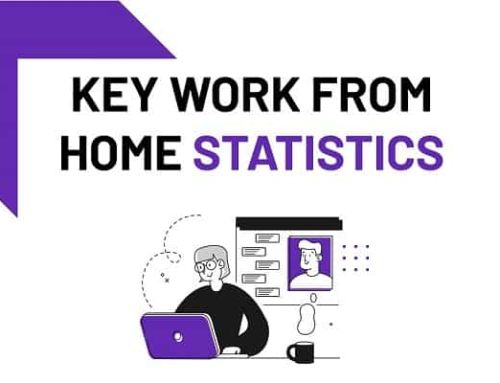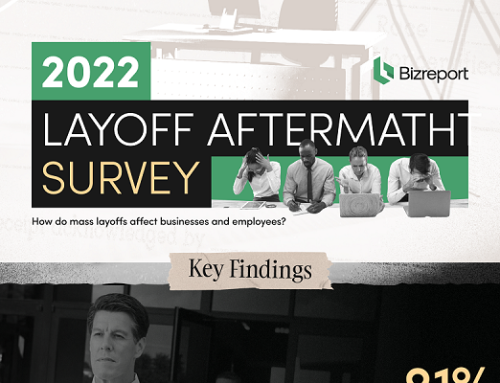Figuring out how to make better choices could be the best decision you make.
Stress at work tends to from a couple of main sources: overwork, and under-confidence. Nobody likes to be saddled with more work than they can handle, especially when they know that they’re fully equipped to make a better job of what they’re doing if they’re shown the respect of being given a reasonable workload – but that’s an issue for you and your boss.
Lack of confidence, on the other hand, can turn achievable assignments into a burden on your shoulders. Fear of making the wrong decision at any point in your task can be paralyzing. Yet you probably make dozens of professional decisions each day. Is it any wonder that work has ceased being fun?
Also read: 9 Ways To Fight Monotony At Work
It’s simple to turn this trend around and get back on top of your game. Plenty of research has been done into how you can make better decisions by learning how to objectively assess the information you have to hand and come to a conclusion based on what you know, and what you know about how you feel, rather than rushing or agonizing over your feelings.
For example taking ten minutes to consider your emotions before making a decision can be hugely beneficial. On the one hand, it gives new information a chance to sink in and find a context next to existing information (we tend to disproportionately favor new information). On the other it gives you a chance to think about the way you feel and take these feelings into consideration – for example, if you’re in a good mood then you may be overly-optimistic, whereas if you’re stressed and unhappy you’ll likely be pessimistic and over-conservative in your choices. Writing down a brief list of your emotions can be a great way to get some perspective.
This new guide to decision-making offers a whole toolkit of such strategies. Next time you have a choice to make at work – and it will be soon – choose some techniques from this list, and you’ll soon find yourself back in control and feeling confident to go ahead.
Download the eBook and learn how to use neuroscience to attract the right talent, retain high-performing employees and foster collaborative teams.
Infographic contributed by John Cole
John is a digital nomad and freelance writer. Specialising in leadership, digital media and personal growth, his passions include world cinema and biscuits. A native Englishman, he is always on the move, but can most commonly be spotted in the UK, Norway, and the Balkans. Follow him on Twitter.






Leave A Comment